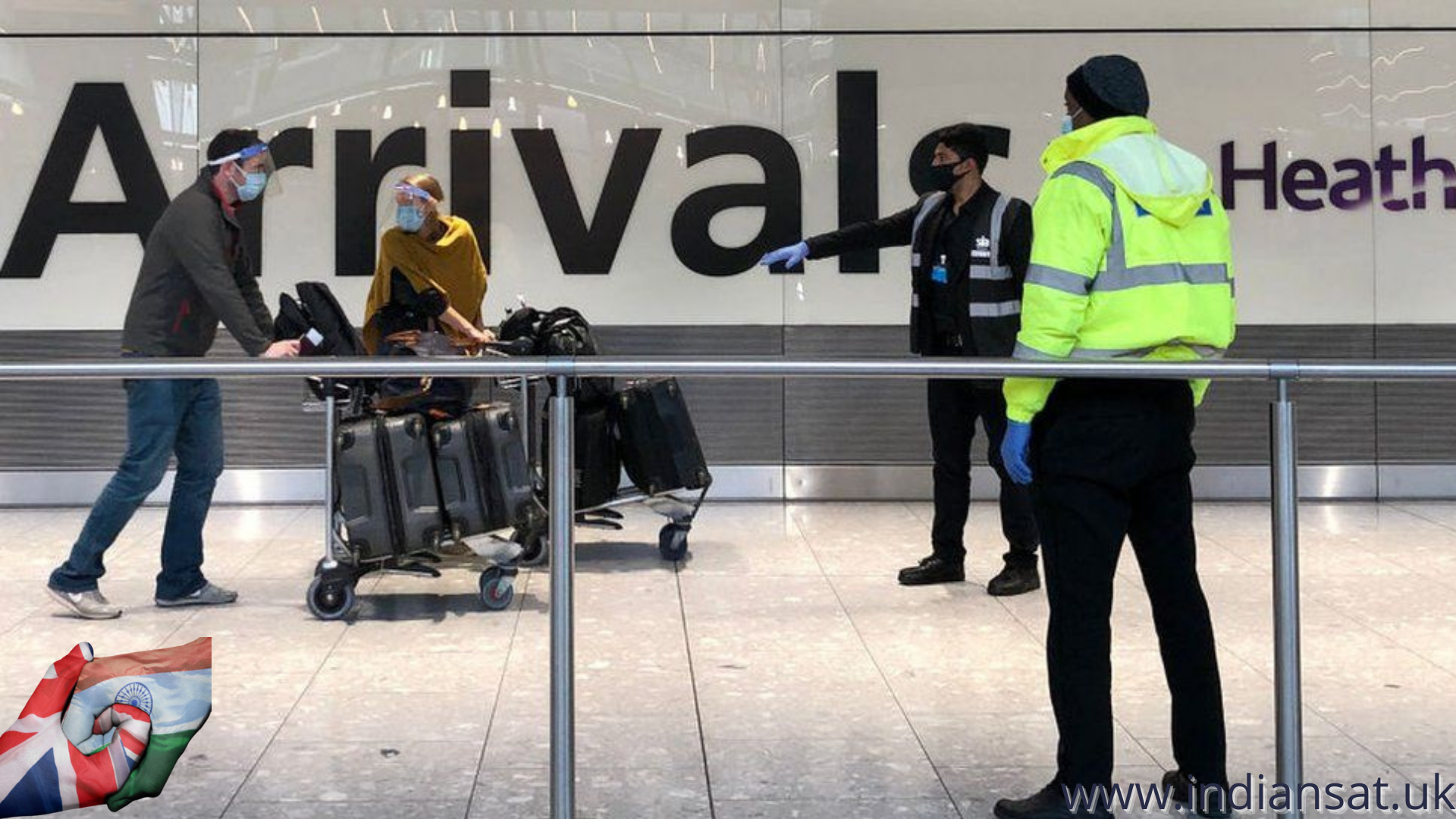London’s busy Heathrow Airport opened a dedicated new terminal on Tuesday for arrivals from countries designated as “red list”, such as India, for a higher risk of Covid-19 transmission.
Travellers on direct flights from such destinations will now go through Terminal 3 and then move directly to a government-approved quarantine facility booked at the passengers’ own expense.
“Red list routes will likely be a feature of UK travel for the foreseeable future as countries vaccinate their populations at different rates,” a Heathrow Airport spokesperson said.
“We’re adapting Heathrow to this longer-term reality by initially opening a dedicated arrivals facility in Terminal 3 from 1 June for red list passengers arriving on direct flights. While opening this facility will be logistically very challenging, our hope is that it will enable Border Force to carry out its duties more efficiently as passenger volumes increase in line with the green list. Until then, the current red list system will remain in place,” the spokesperson said.
Currently, there are 43 countries on the UK government’s red list to cover regions linked with high-risk Covid-19 variants such as India, Brazil and South Africa.
Under the UK government’s coronavirus rules, anyone who has been in a red list country is required to pay for hotel quarantine for 10 nights after their arrival.
According to officials, the latest system has been designed with several layers of Covid-19 security, including mandatory negative COVID-19 tests for all international arrivals, mandatory use of face coverings, social distancing, segregation and enhanced cleaning regimes and ventilation in immigration halls.
“We will move this facility to Terminal 4 as soon as operationally possible,” the Heathrow spokesperson said.
A UK government spokesperson said the enhanced borders regime was to reduce the risk of new variants being transmitted.
The move comes as the UK coronavirus cases exceeded 3,000 on Monday for a sixth day in a row, with this figure not having been surpassed since April 12.
The highly transmissible B1.617.2 variant, first identified in India and now named ‘Delta’ by the World Health Organisation, is believed to be largely behind this spike in infections with scientists advising caution before all Covid-19 lockdown restrictions are completely lifted as planned for June 21.
![]()






